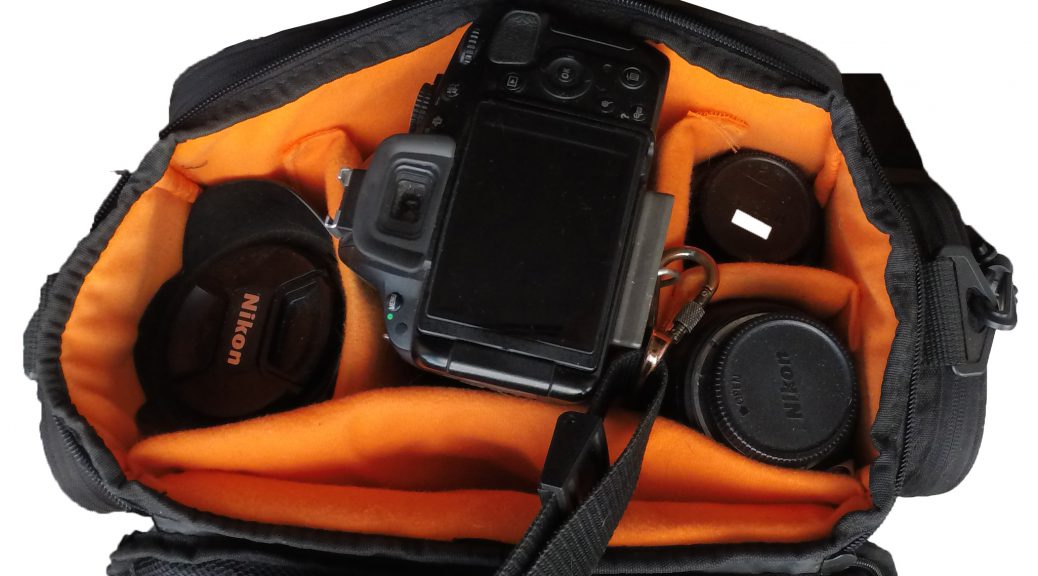For the past 20 years one thing I’ve made sure I do is to take a camera with me wherever I go. For the longest time this has meant lugging a not-so-light camera bag everywhere.
These days smartphones mean that you don’t necessarily have to do that, but my experience with smartphones so far suggests that it’s still worth lugging around a weighty bag, just in case. This isn’t a reflection on the quality of smartphone cameras so much as a reflection on my choice of smartphones. My phone is cheap and the camera on it isn’t really all that amazing. Honestly, the camera wasn’t the main consideration when I bought my phone, specifically because I take a camera everywhere with me.
As well as a smartphone I also have a couple of GoPros, a bridge camera and a DSLR, and I even have a dashcam recording every mile in my car. I believe I’ve become addicted to documenting everything that happens, or at the very least having the ability to document everything at all times.
Though it occasionally is a happy accident, not every photo that I take is intended as a work of art. My photography in general has two main facets, one of which is artistic expression and the other which is documentary. Occasionally, and I think these are my favourite photos of my own, my photographs are both. This probably makes sense because, to my mind at least, the best photographs are those which convey a story with an emotion attached, or which invoke an emotion related to the story by virtue of its expressive nature – artistry, if you will.
Not all cameras are created equal. Although the latest GoPro cameras are able to store still images in RAW format, most smartphones and bridge cameras only save images in JPG format. RAW image formats contain significantly more detailed information captured by a camera sensor than JPG, but the extra data results in significantly larger file sizes in an image format which can’t be shared on Facebook, Instagram etc.
For purely documentary photography JPGs are generally adequate, but if your intention is to create art from your documentary photography, beyond very minor contrast/brightness tweaks, then it’s likely that you will want to edit your images after the fact. To do that most effectively requires that you shoot in RAW.
Of the cameras that I own, only my DSLR currently has the ability to store images in RAW format. And because every photograph I shoot, whether documentary or artistic, I want to have the option to create art with, it’s probably inevitable that I will continue to carry a heavy camera bag and lots of lenses everywhere I go.

